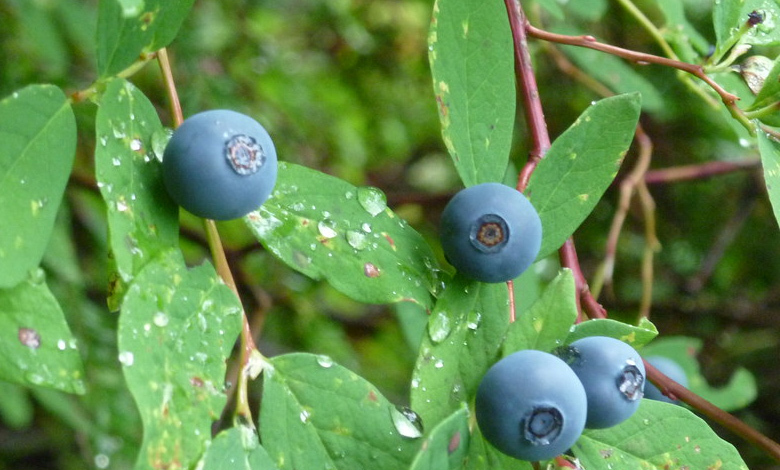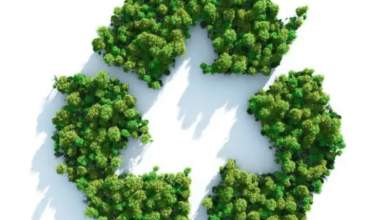Top eight Juicy Questions about Huckleberries

Related to both blueberries and cranberries, huckleberries are tiny red and purple berries. Few people disagree that huckleberries are the best of both worlds since they are smaller than blueberries and sweeter than cranberries.
The plant that gives huckleberries its name is a shrub that lives in the woodland understory. Pacific Northwest woods are home to over a dozen species of huckleberries. Here are the top eight questions about huckleberries which people often enquire.
1. Traditional Medicine
Huckleberries have long been utilized as traditional medicine by Native Americans. Truly, huckleberries were a key food source, therefore yearly burning of gathering fields by tribes improved their supply.
2. Thrived in burned areas
Because of the increased sunshine and gaps in the dense forest cover, the berries flourished in burnt regions very frequently. Some old-fashioned huckleberry picking sites in National Forests are now tribally owned.
3. When is huckleberry season?
While the exact dates of the huckleberry season vary by region, they usually fall between July and September.
4. Environmental factors
Huckleberries are found in the underbrush of subalpine woods, where fir and pine trees predominate. While there are variations between huckleberries growing in sunlight or shade, at a greater altitude or lower, where to get the best huckleberries has not been conclusively shown by science!
5. Geographical factors
Huckleberries are found in several national forests in the Northwestern and Pacific Northwest. In the Rocky Mountains, huckleberries are commonly found, particularly in Oregon, Washington, Idaho, and Montana.
Hiking in the Bitterroot, Flathead, Lolo, Gifford Pinchot, Nez Perce-Clearwater, Mt. Hood, Umatilla, and Salmon-Challis National Forests are likely to yield huckleberries. To find out if you need permission to harvest this mouthwatering alpine treat, check with the forest ranger station in your area.
6. A treat for animals
Many animals depend on huckleberry bushes, much like people do, to sate their sweet craving. Various components of huckleberry plants and fruit are consumed by bears, deer, elk, and small animals. In fact, black bears are known to congregate around huckleberry patches for a midsummer lunch, so be cautious and mindful of bears while picking berries!
7. An ingredient for various delicacies
The use of huckleberries in unusual and delicious pies, jams, pancakes, milkshakes, and muffins has made them well-known. However, these berries should not be kept in your refrigerator for an extended period of time; otherwise, they will spoil. Freeze your berries and defrost as needed to ensure that your supply lasts through a year of desires.
8. It cannot be cultivated
While some have attempted, there is currently no dependable technique for mass-cultivating huckleberries. You have to go scavenge for these wild berries in our forests, which is part of what makes them so magical.



